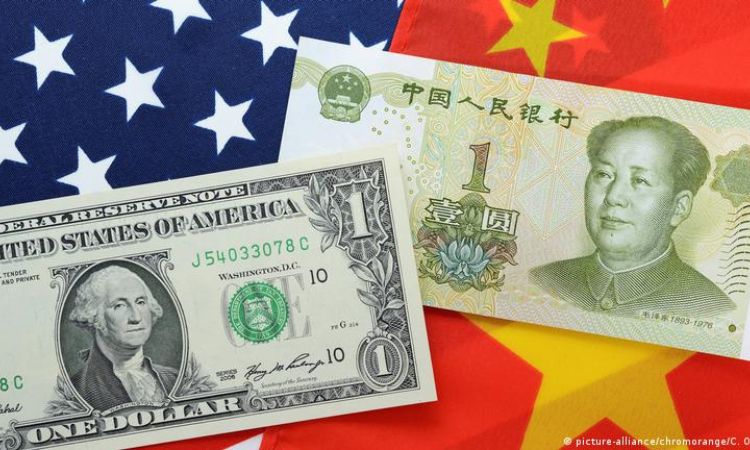China promotes Yuan as a global currency, in global trade and finance in an effort to reduce the dominance of the US dollar in the international financial system. Over the past year, China has been striking deals with countries like Russia, Saudi Arabia, Brazil, and France to expand the ways in which the yuan is used. These efforts are part of China’s larger goal of establishing itself as an alternative pole for international finance, trade, and lending.

The push for greater yuan usage comes at a time when geopolitical tensions between China and the US are growing, and global commerce is becoming an increasingly active battleground. US-China tensions have flared over issues such as trade, Taiwan, and technological know-how. The US has also imposed hard-hitting sanctions on Russia, which has led to a new willingness by the US to weaponize the dollar. As a result, China has been promoting the use of the yuan more aggressively than ever before.
The increased use of the Chinese currency yuan in contracts for commodities like oil and nickel has been accelerating, with the currency’s share of global trade finance tripling since the end of 2019. While the yuan remains tightly controlled by Chinese authorities and its usage is still a small portion of global transactions, the recent sanctions on Russia have added to the pace. The yuan’s usage in Russian export payments surged 32-fold last year alone.
China’s efforts to expand the use of the yuan are also part of its broader push to enhance its reputation abroad. President Xi Jinping has been working to implement reforms and bolster growth at home while promoting China’s standing abroad. His first foreign trips after lifting lockdowns were to key energy suppliers in Saudi Arabia and Russia. China has also been forging new commercial agreements with countries like Brazil and France and played a central role in brokering an Iran-Saudi detente.
The ostracism of Russia in the wake of Vladimir Putin’s war in Ukraine has provided China with an important opening to demonstrate the utility of the yuan. The situation has also raised concerns among some nations about being beholden to the dollar and the euro, the two largest currencies in the world. Locked out of the central international payments system known as SWIFT, Russia has embraced the yuan for trade, private savings, and foreign-exchange transactions. China has developed its own international payments platform, CIPS, which is entirely separate from SWIFT, and has been embraced not only by institutions in Russia but also by banks that operate in places like Brazil.
China’s willingness to maintain growth while paving new paths lends itself to greater confidence among other nations to use the yuan. “If the US wants to rock the boat, then China will need to make necessary amendments to meet the challenges,” said Victor Gao, a professor at Soochow University and vice president of the think tank Center for China and Globalization.
However, there are still limits to China’s efforts to expand the use of the yuan. The lack of deep, free markets is a hindrance to China’s goal of taking on the dollar and the euro as the global currency of choice. Without deep capital markets or open capital accounts, it can be difficult to move money in and out of the country. Long-time investor Mark Mobius voiced this concern earlier this year.
The yuan’s hurdles also include China’s restrictions on the free flow of capital and its tight control over its currency. China’s government still maintains a lot of control over the yuan’s exchange rate, and the country has not yet opened up its capital account completely. These restrictions have kept the yuan from being fully integrated into the global financial system. However, China has been taking steps to gradually loosen these restrictions, and the recent push for greater yuan usage is part of that broader effort.














